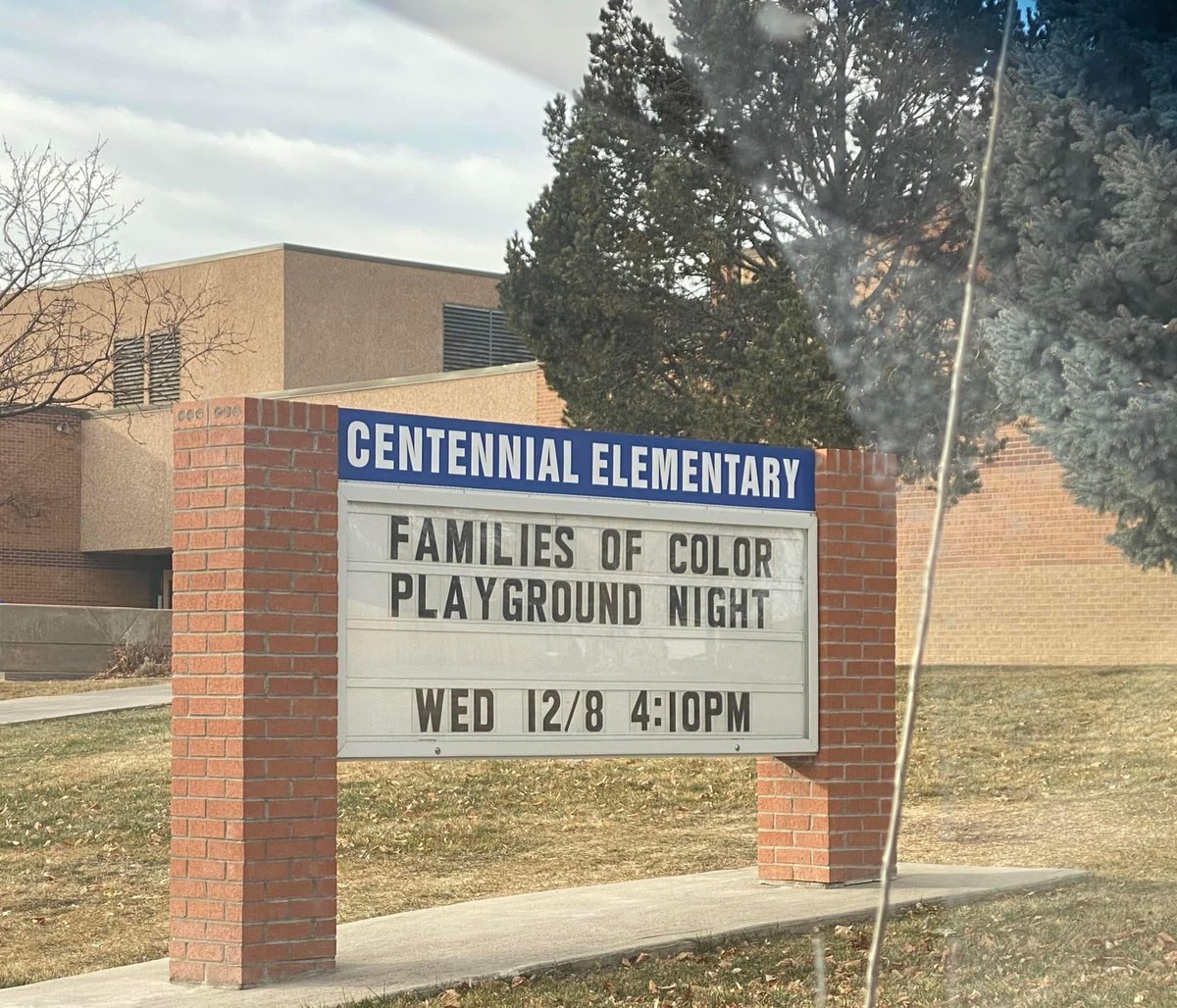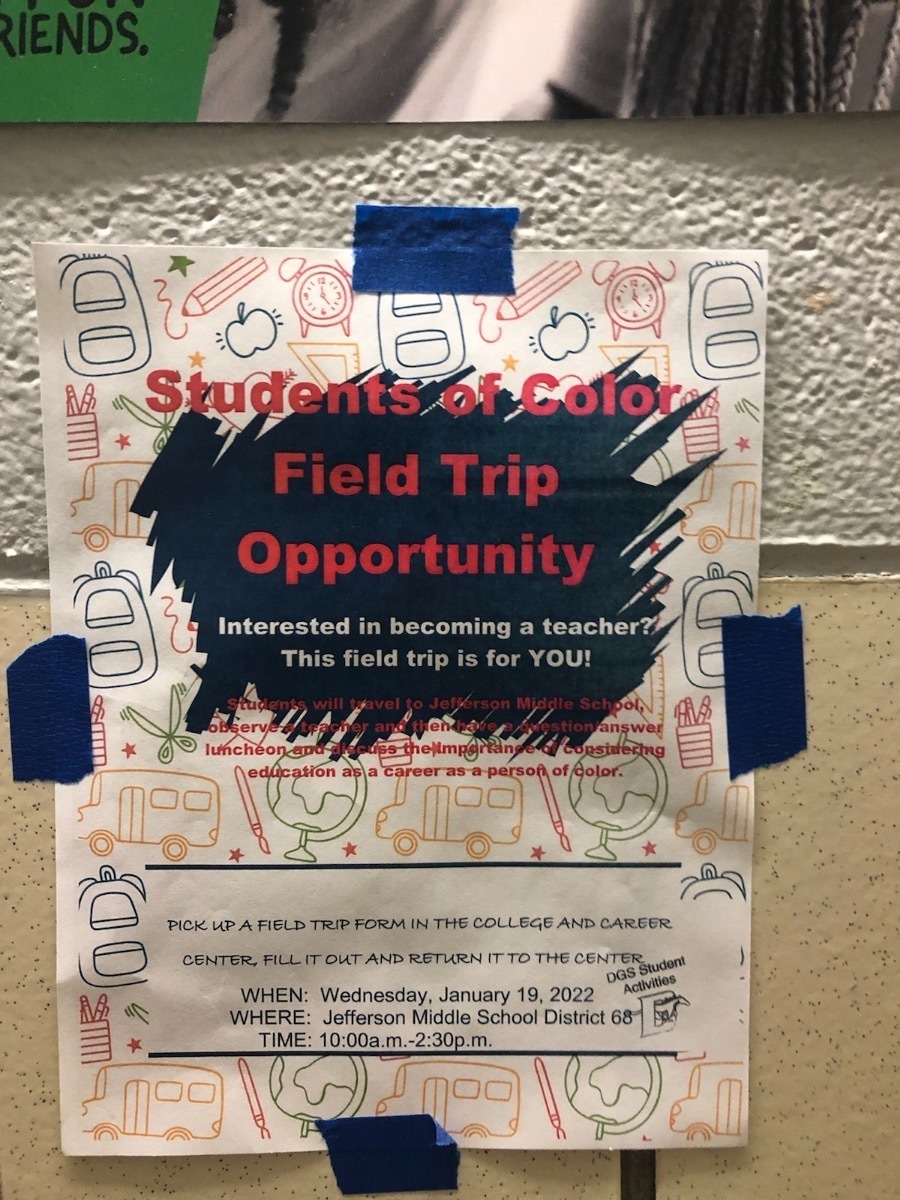An industry of consultants has grown to help schools to implement so disputatious a position in the form of Diversity, Equity and Inclusion (DEI).
As an expression of social justice, CRT is seemingly attractive. Surely no parent would not want their children not to learn to achieve such noble goals?
The problem is that the fundamental thesis behind CRT (which evolved in America) is the identification of blacks as perpetual victims of racism and whites as perpetual perpetrators.
Consequently, black children must see themselves as perpetual victims even if they aren’t, and white children must see themselves as oppressors of blacks, not because of their thoughts or deeds, but on the actions of preceding generations of whites.
This credo is unforgiving of whites irrespective of what they have done (or not done) and racism is implicit in tarring every white child with the same brush. The child’s worth becomes the determining factor of the child; a factor based solely on skin colour. No regard is had for background, history, personality, experience or beliefs.
Children are unlikely to have the intellectual heft or confidence to challenge the social justice message. So quiescence becomes acquiescence.
Harmonious relationships in society can best be achieved through a thorough understanding by groups of one another; a one-way process, however, will create resentment and differences will become pronounced.
Us-and-them obsession
The us-and-them obsession is likely to cause children, in an attempt to avoid any possible accusation of being racists, to withdraw into their racial categories.
Some parents have experienced the erosion of religious education in faith-based schools, which is supposed to be the foundation upon which that schooling is based. DEI becomes the new faith.
CRT has been extended to cover other minority groups based on sexual orientation, gender identity and selected religions. Accusations of ‘homophobia’ and ‘transphobia’ are made frequently at schools even if they are extremely rare or non-existent.
Most perniciously, CRT’s ultimate goal is to destroy the existing ‘capitalist’ system in order to achieve a socialist nirvana.
This is a matter of political belief and parents do not wish the political education of their children to be outsourced to strangers whose political philosophy differs fundamentally from theirs.
Let’s look at two of the consultants to this cause. Asanda Ngoasheng is a ‘Diversity Trainer, Organisation Development Expert, Media and Communications Consultant, Academic’ (LinkedIn).
Ms Ngoasheng is a race and gender justice scholar, activist, diversity trainer, political analyst and media and communications consultant. Her research interests include ‘race, gender, class and intersectionality in South Africa; the politics of identity; decolonising pedagogy after Rhodes Must Fall, as well as media transformation and media leadership’.
Ms Ngoasheng says she is trusted by clients to provide guidance, bring teams together and develop organisations where everyone feels they belong, are valued and accepted for who they are. However, parents don’t appear to be necessary to this process; in fact they may be a hinderance.
‘Compulsory camp’
The parents of Westerford High School in Cape Town should perhaps be concerned. According to a notice to parents dated 22 February 2022, all the Grade 8s will be taken ‘away on a compulsory camp to Rocklands, Simons Town from Wednesday 23 March to Friday 24 March’.
The main reason for the camp ‘is to educate our pupils on diversity and how it relates to them personally as well as their roles in society. We feel that the activities will be invaluable to your children as they negotiate their way as citizens in South Africa and with all its people’.
Parents should heed some of Ms Ngoasheng’s words about and attitudes to the very parents whose school fees go to her appointment as the shaper of their children’s minds.
In an article on the EWN website of five months ago, entitled ‘Children are growing impatient with adults’ complacency with racism’, it was reported that ‘Asanda Ngoasheng explained (that) children are more likely to challenge their conservative parents if they know more. She says people who think critical race theory brainwashes children couldn’t be more wrong’.
‘Even the kids who hold the most shocking views very quickly are able to see the wrong in what they say when you explain it to them in child-appropriate language. People get scared and say “why are you teaching my children this?”, but children already know. They see these things and they observe diversity.’
‘Challenge their parents’
‘Sometimes home is good, but society is bad. You think about a South African child who sees a nanny and people in service who are all black and they internalise the idea that black people are for service. When I challenge that socialisation as we work through the curriculum I find that children are malleable and they are willing to challenge their parents on these issues.’
In a feature on Ngoasheng on News24 on 20 October 2016 on #FeesMustFall, Ngoasheng said: ‘Even since the #FeesMustFall protests started various methods of protest have been used and I have been fielding questions from many friends who ask – how can I support #FeesMustFall in all its incarnations including the acts of violence? My answer comes has been a surprise to many of them. I support the cause of free education because people have been patient for more than 30 years and we can’t let another generation of youth waste away under the argument that we can’t afford free education.’
Ms Ngoasheng says children are more knowledgable than their parents. ‘People get scared and say “why are you teaching my children this?”, but children already know’, is deeply concerning. She clearly sees it as her mission to ostracise children from their parents for ‘wrong thinking’.
Most chilling of all, however, is her saying: ‘I find that children are malleable and they are willing to challenge their parents on these issues’. The name of the game is clearly manipulation to drive a wedge between them and their supposedly ignorant parents.
Her disparaging consideration of parents as a potential bar to enlightenment and a force for ignorance has a very Leninist tone.
According to the Daily Vox (11 February 2021), ‘For the future, Ngoasheng hopes to work with the department of basic education to develop a comprehensive life orientation curriculum that includes diversity and social justice.’
‘Not only at school….’
In 2020 the matriculants of Rustenburg Girls’ High School made the following astonishing demand:
‘We demand for parents of students to engage in compulsory dialogues in order to ensure transformation is happening not only at school but at home. Parents wishing to send their children to this school should understand that they are subscribing to a culture of equality and change.’
The response from the school:
‘As far as compulsory dialogues for parents: We have had evenings for parents to engage (past pupils speaking at Matric and New parent evenings, a book launch for Dylan Wray and Roy Hellenberg, Lovelyn Nwadeyi and the production of My Father’s Coat a history of South Africa), sadly these they were poorly attended. Parents have their own social responsibility to inform and educate themselves and while we will continue to provide these opportunities for engagement they are ultimately accountable for their own growth. We are, however, looking into ways to ensure this happens more intentionally. We will include this as part of the Grade 8 parent orientation from next year.’
Lovelyn Nwadeyi is Rustenburg’s consultant.
CRT in all its manifestations is a political ideology. It is not for schools and third party consultants to impose their ideologies upon children, despite their parents’ views.
Parents pay for the education of their children and may not share the political ideology of consultants. Parents have different ideological views. Parents may oppose, for very good reason, using CRT to deal with the issues of race.
Vladimir Ilyich Lenin said: ‘Give me a child for the first five years of his life and he will be mine forever.’
Maybe it starts with a camp at Rocklands.













